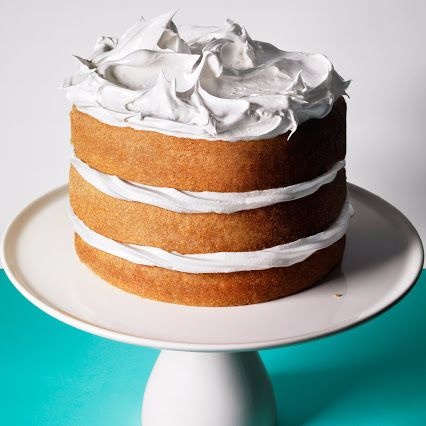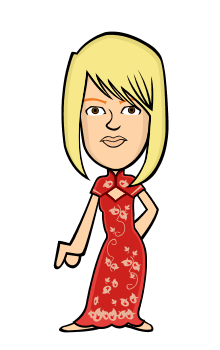Because frosting really is the most important part of a cake.

You know those people who scrape buttercream off their cupcake or cake slice? I am not one of them. I am the girl who greedily scoops up the frosting that those haters leave behind. One caveat: it needs to be the real, homemade deal, not that sickly sweet stuff from a tub. But buttercream can mean a whole variety of things—there are actually multiple variations of it. All delicious, all different. So the next time you plan to frost a cake, choose wisely (just don't choose the store-bought stuff):
SWISS
Light and not too sweet, Swiss buttercream is made by cooking egg whites and sugar together over a hot water bath until the sugar has dissolved. The mixture is whipped until stiff peaks form, then butter is beaten in to become a smooth frosting. The result is a super silky, stable buttercream that not only spreads well on cakes but can be used to pipe decorations.
ITALIAN
This buttercream also relies on egg whites but it's a bit more complicated than the Swiss version. Instead, a hot sugar syrup is slowly added to the egg whites and sugar while they are being whipped together then the butter is beat in. While almost indistinguishable from Swiss buttercream, it is slightly more rich and dense in flavor.
FRENCH
French buttercream follows the same method as Italian but egg yolks are used instead of egg whites. Because of this, it's richer and it has a slight golden color unlike the Swiss and Italian versions, which are very light in color, if not almost white.
AMERICAN
The easiest one to make, many don't actually consider this one "real" buttercream. It's made by whipping softened butter together with powdered sugar, milk, and a bit of vanilla extract. While it's fluffy, it's also the most rich and sweet since it's basically just butter and sugar.



